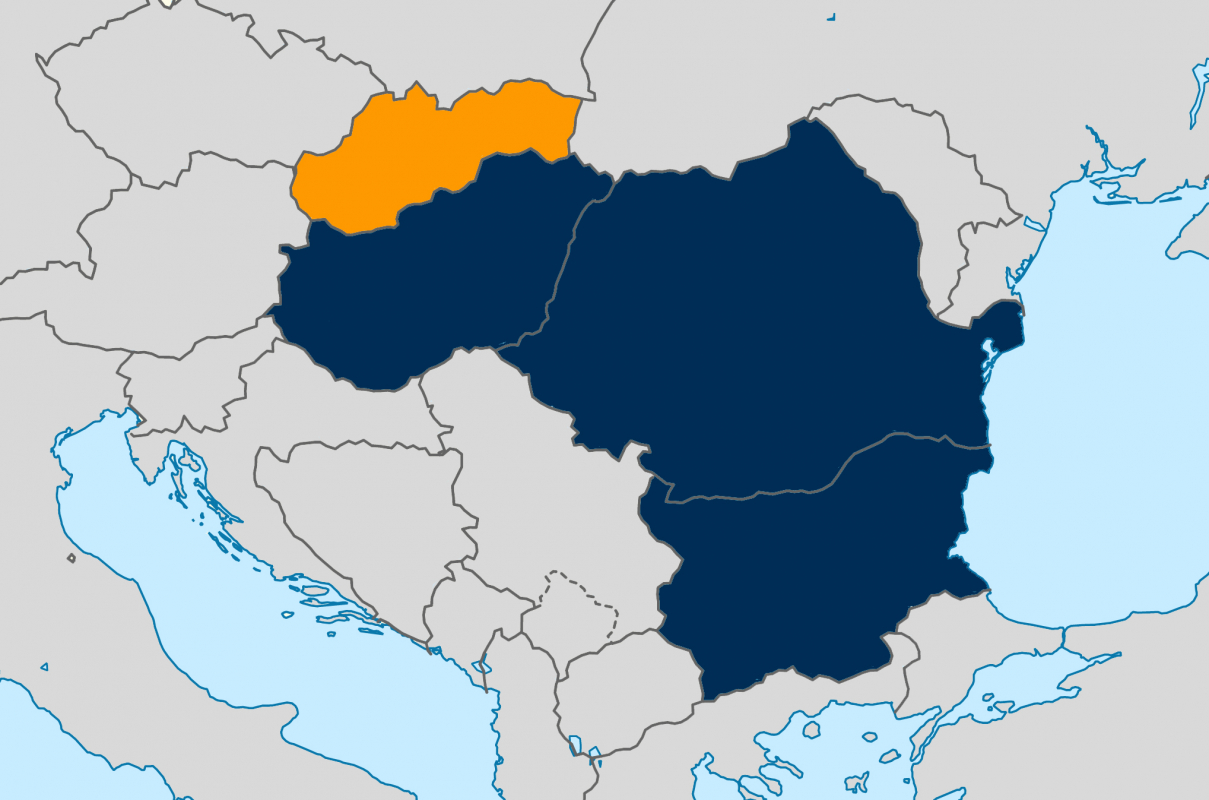HungaroControl, at the forefront of air traffic innovation, introduced HUFRA (Hungarian Free-Route Airspace) in 2015, which enabled airlines to operate their flights in Hungarian airspace on their preferred route of choice. In November 2019, both the Bulgarian and Romanian air navigation services joined this concept, and at the end of January this year, it was also used 24 hours a day in Slovakian airspace. Cumulatively, this has established one of Europe's largest, cross-border free-route airspace blocks, where air traffic controllers can plan and operate the most optimal flight routes for 1,300 kilometres.
As part of SEE FRA, an innovative, modular concept was also proposed by the experts of HungaroControl, which makes the further expansion of the cooperation more efficient. This means that air traffic controllers can plan routes in neighbouring countries using only a few predefined navigation points with each other instead of enormous databases.
Based on pre-COVID traffic figures, free-route airspace could potentially save millions of flight miles annually in South-Eastern Europe alone, resulting in tens of thousands of tonnes less fuel consumed and proportional emissions reductions.
Moldova, Poland and Lithuania are also scheduled to join SEE FRA in February 2022. This will allow flights to run freely from the Baltic Sea to the Black Sea.
The environmental results and the added value of the free-route airspace concept developed by HungaroControl have also been recognized by the European Quality Organization. The project, which is the national winner of the 2020 Quality Innovation Award, was selected as one of the leading developments in the international phase of the competition by a professional jury.



